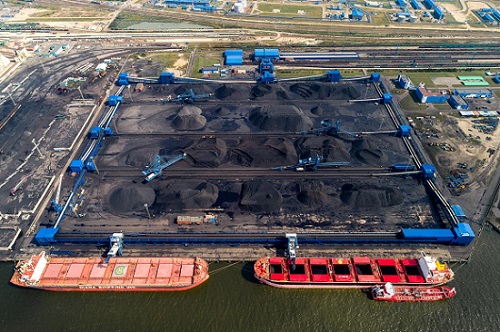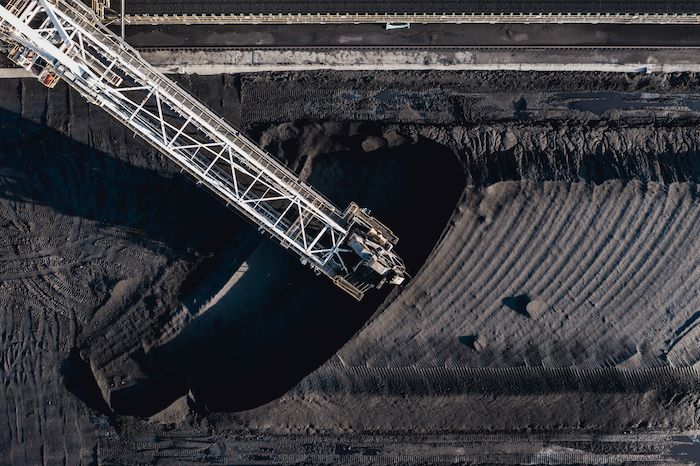

European coal prices have recovered from two-month lows seen earlier this week as looming threats to Russian and South African supply offset some softening of regional demand (Montel reports).
The front-month API 2 contract last traded on Friday at USD 64.15/t, up more than 3% from Tuesday’s two-month low of USD 62.15/t, on Ice Futures.
Further along the curve, the front year was last at USD 65.90/t, up from USD 63.85/t on Tuesday – also the lowest level since early December.
“The tight physical market is certainly playing a role,” said a coal analyst with a European energy firm, pointing to the threat of disruptions to Russian Baltic supplies and reduced capacity on South African rail routes serving the main Richards Bay export hub.
“Also, don’t forget that Prodeco in Colombia will not deliver coal to the market, after Glencore declined to restart operations,” he said, regarding Glencore’s 15-16m tonne/year Colombian subsidiary, which suspended operations in April last year.
The Anglo-Swiss firm is now seeking to divest from the beleaguered mining asset.
“Overall, prices should be anchored around USD 65/t, which is broadly the mid-term marginal cost of Russian coal into [northwest Europe],” the analyst said, noting also that stocks at Amsterdam, Rotterdam and Antwerp (ARA) were still low.
Indeed, inventories at four main ARA import terminals were pegged this week at around 3.4m tonnes, down 2.7m tonnes from the same time last year.
This combined with the risk of another cold spell in early March and delays to US LNG cargoes, due to restrictions on Texan exports, should underpin prices, the analyst said.
“Delays at [Russia’s main Baltic coal export port of] Ust-Luga have started to kick in and freight prices there are soaring due to the ice,” said an analyst with a coal producer.
“But people do not seem so worried, as the weather is forecast to be milder,” he noted.
Temperatures across Europe would rise to as much as 6C above seasonal norms by the middle of next week but then likely drop back to around usual for the time of year by the weekend, according to forecaster SMHI.
South African disruptions
Meanwhile, in South Africa, vandalism and recent flood damage to a number of rail locomotives could see railings by operator Transnet Freight Rail (TFR) to Richards Bay drop by around a quarter from usual levels in March to 1.3m tonnes/week.
“TFR is apparently still having major issues with locomotive reliability,” said a Johannesburg-based coal trader.
A spokeswoman for TFR said the firm was still “working on a broader statement” regarding the issue.
“I’m hearing… a dozen locomotives got severely damaged when halted during annual maintenance in January,” said a coal analyst with a European utility.
“They simply have no way to load more trains for many weeks to come.”
Yet offering some potential relief to regional supply concerns was the lifting of a rail blockade in Colombia, which had last week halted shipments from the key Cerrejon mining complex to the export port at Bolivar.
“[The blockade] was lifted on Thursday [last week], blocked again on Saturday and lifted again on Sunday afternoon. It is running normally now,” said a Cerrejon source.
Source: Montel
Follow on Twitter:
[tfws username=”montelnews” height=”700″ width=”350″ theme=”light” color=”#FAB81E” tweets=”2″ header=”yes” footer=”yes” borders=”yes” scrollbar=”yes” background=”yes”]













